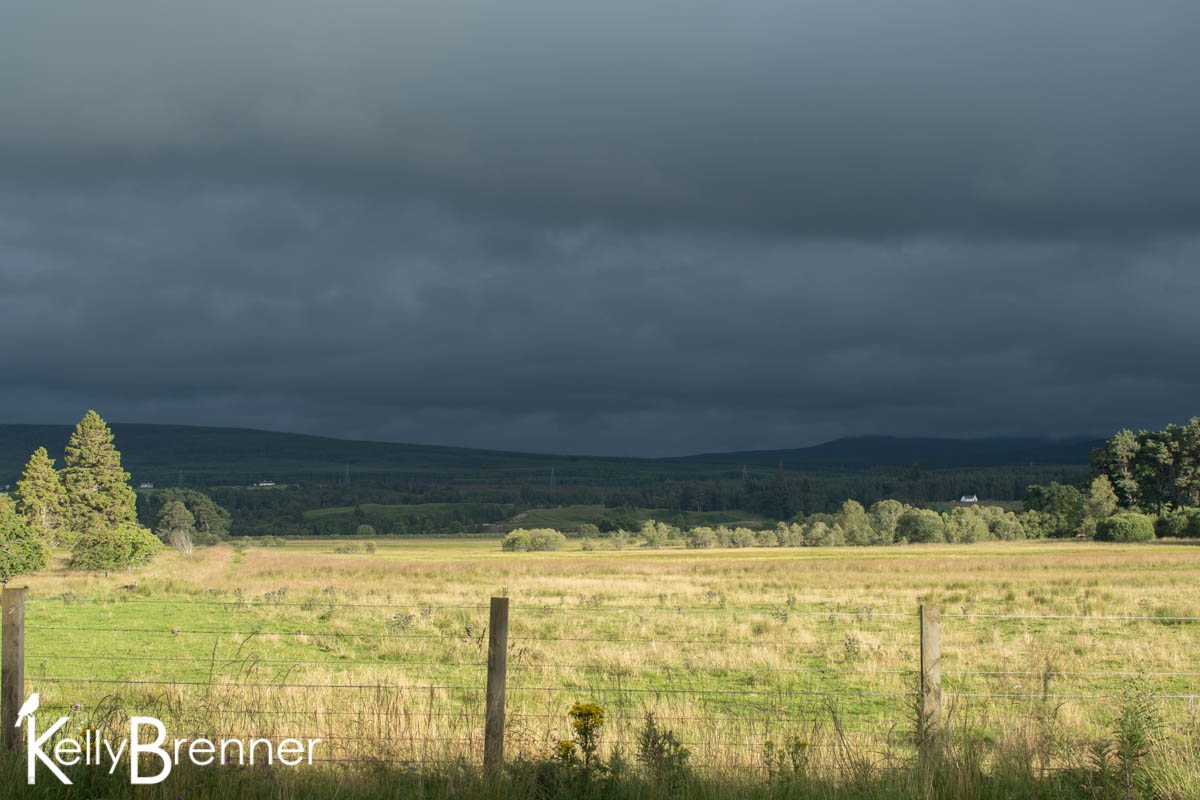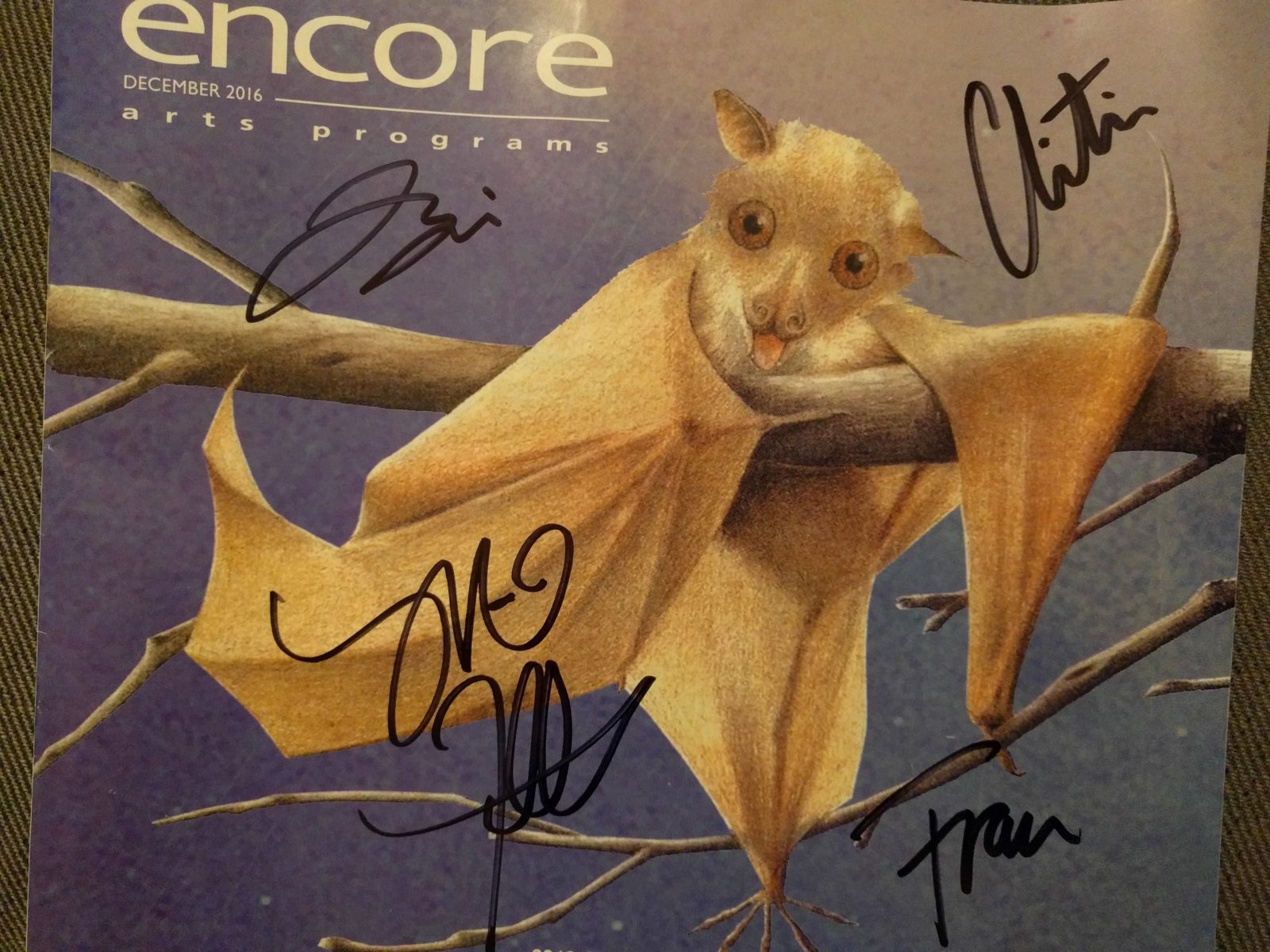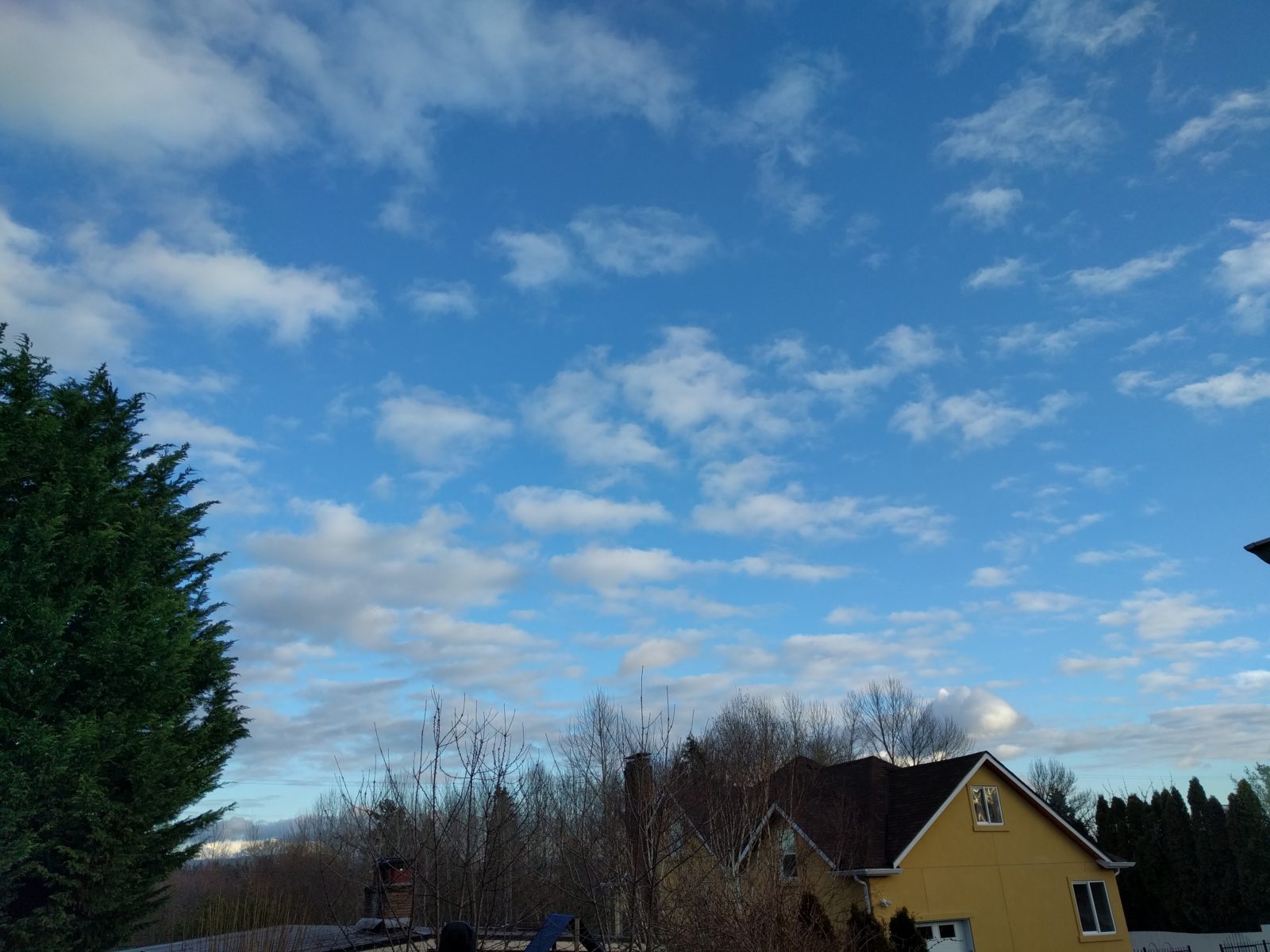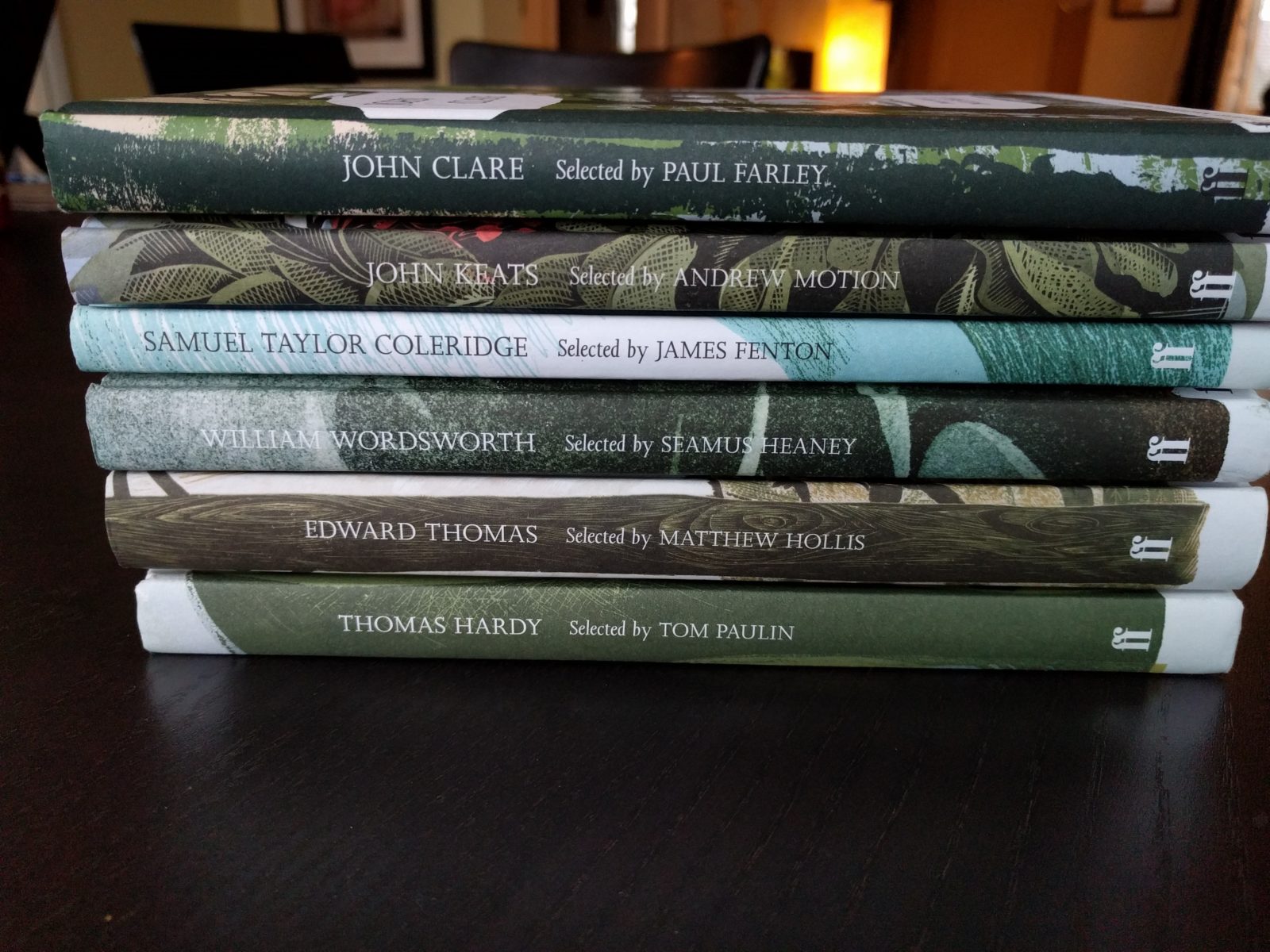In 2016 I’m doing a 365 Nature project. Learn more about the project and see all the 365 Nature posts.
On our last full day in the Highlands we awoke to a dark and cloudy sky, but were spared rain again. We decided to visit the RZSS Highland Wildlife Park because it was our only chance to see a Scottish Wildcat in person since they’re so very rare in the wild. The park is full of all manner of exotic wildlife from Snow leopards to Polar bears, but it also houses native wildlife that lives in the Highlands now and that once lived here. We saw Red Deer, another native mammal that we didn’t see on our adventures over the last two weeks. We did spot a lot of Roe Deer on our walks, but no Red Deer, a much larger animal. We also saw Snowy and Great Grey Owls in the exhibits.
Throughout the park I spotted wild birds as well including Meadow Pipits, Greenfinch, Pied Wagtail, Moorhen and a lot of House Sparrows. There were four different corvids around the park where Rooks, Carrion Crows and Jackdaws all foraged around together. Over the last two weeks I’ve seen a lot of odd crows that look very much like Hooded Crows, but like today, I’d see them in the company of Carrion Crows. Today I spotted a juvenile that looked like a Hooded Crow being fed by a Carrion Crow. I’ve read that the two species can interbreed where their ranges overlap, so perhaps that explains what I’ve been seeing.
I also spotted some Greylag Geese, not surprising since we’ve seen many of them in the fields across the tracks from our cottage over the last two weeks. They frequently flew over our cottage honking. There were other geese at the park as well, but unlike the Greylag Geese, I believe they belonged to the park. There were many Barnacle Geese as well as Egyptian Geese.
I was delighted to find two different insect hotels around the park as well with signs discussing the benefits of creating structures for wildlife in your own backyard.
The wildcats were strange to see because they look so much like housecats. There are of course some differences, and a couple of them looked like what I’ve seen photos of, but others looked much more like housecats. In one enclosure I saw an adult with three kittens. Scattered around the ground were dead chicks, chickens by the looks of them. We watched one wildcat grab one and retreat to a platform and shortly after I heard crunching as the cat bit into the bird.
Back at our railway cottage the evening produced another rainbow, the third of our stay here. This one was even closer, the end landing right in the field across the railroad tracks. A short time later I looked out and saw a spectacular sight, the sun shining on the field turned it a glowing gold color while above the angriest of black clouds contrasted deeply. In the sky Swallows flew in the dozens, their white breasts flashing and reflecting the sun creating a dazzle in the sky, like snow swirling. A short time later, Swifts joined them flying high while the Swallows flew low. The Swifts, black against the black clouds would suddenly flash silver when the underside of their wings faced the sun. A couple dozen of them flew and I went out, barefoot to listen. I’ve heard much about the Swifts’ scream and I wanted to hear it. Every time I’ve listened this trip they’ve been silent. This time as they flew close, I heard their distinct screaming call, briefly, but certainly. A rewarding sendoff.
As it grew dark I left one of the curtains open to watch the final scattering of bird food on the front walkway. I’d noticed over the last two nights it had entirely disappeared by morning, something that hadn’t happened before. I suspected a mammal had been coming at night and clearing the rest of the seeds away and I really hoped it was a hedgehog. I kept checking the window and eventually was rewarded by spotting the mammal, but it wasn’t a hedgehog, it was a tiny mouse. It could see me through the window and it was extremely fast at running back into the plants whenever it spotted me. But I enjoyed watching a little bit of the highland nightlife. As I watched for the mouse to return I spotted a moth hovering and feeding on the plant where the mouse kept retreating to, a honeysuckle. I went out to take photos of the hovering moth and though I never got any good ones, I did get decent enough photos to identify it as a Gold Spangle moth.
Leaving the Highlands is hard and makes me very sad. It’s been a wonderful experience and we’ve seen a great deal the last two weeks. Even though I’ve missed many of the Scottish specialties like crossbills, Red Deer, Capercaillie and Black Grouse, I’ve still seen a lot. The landscape is beautiful and the people are incredibly friendly. It’s been peaceful and the weather has been perfect for this heat-hating naturalist. I dread going home to Seattle where it’s twenty degrees warmer and arriving right in the middle of Seafair, one of the noisiest and most disruptive times of the year in our neighborhood. I hope I can cling to this sense of peace when I return, if only for a time.






